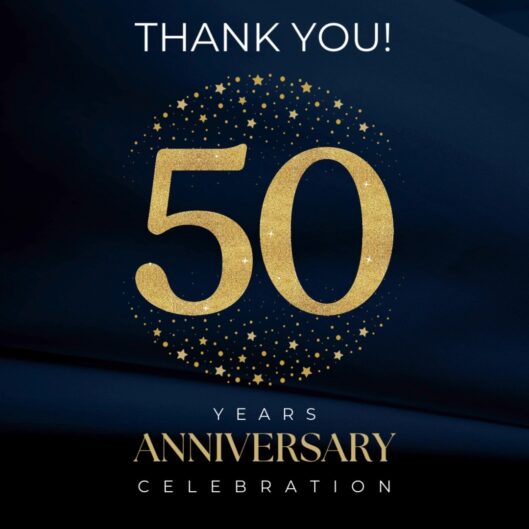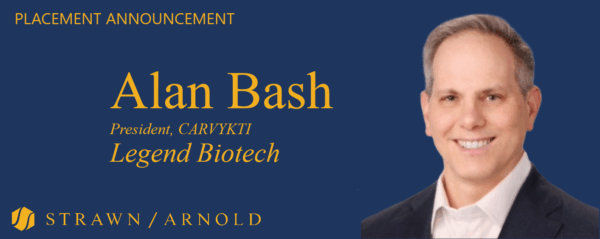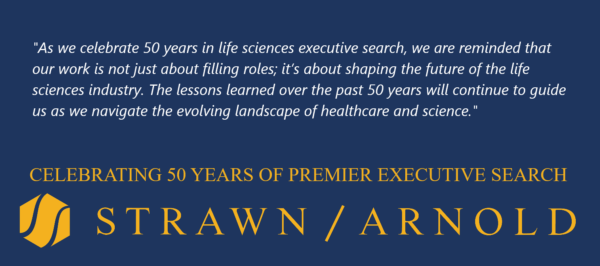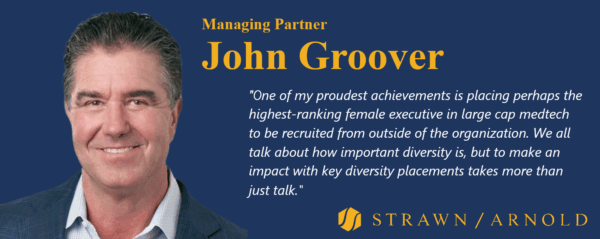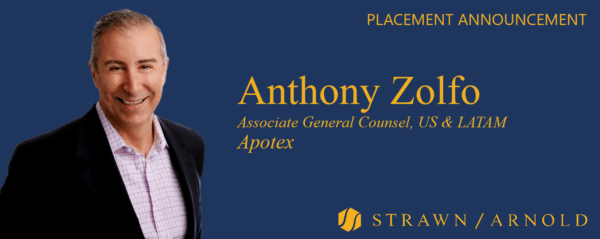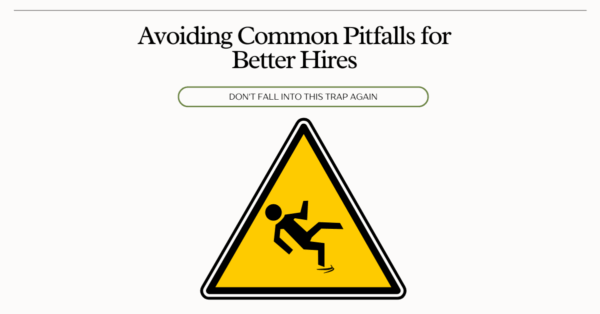by John Groover
The MedTech industry is at the forefront of a technological revolution, driven by innovations that will advance healthcare delivery and patient outcomes. For companies building their senior leadership teams, understanding these trends and their talent implications is crucial for staying competitive and fostering growth.
P4 Technology
P4 technology (Predictive, Preventive, Personalized, and Participatory) represents a revolutionary approach in the MedTech industry. This paradigm shift focuses on predicting health issues before they arise, preventing diseases through proactive measures, personalizing treatments to individual profiles, and encouraging patient participation in their own healthcare. By leveraging advanced data analytics, genomics, 3D printing, and patient engagement tools, P4 technology aims to improve health outcomes and reduce healthcare costs.
Wearables, Biometrics, and Remote Monitoring
The rise of wearable devices and remote monitoring technologies is empowering patients to manage their health proactively. This trend is driving the need for executives who can oversee the development and implementation of these technologies, ensuring they are user-friendly and secure.
Machine Learning and Artificial Intelligence
AI and machine learning are revolutionizing MedTech by enabling predictive analytics, automated diagnostics, and personalized treatment plans. These technologies are enhancing the accuracy and efficiency of medical devices, creating a demand for leaders with expertise in AI integration and data science.
Augmented Reality and Virtual Reality
Augmented Reality (AR) and Virtual Reality (VR) are transforming the medical device industry by enhancing surgical precision, medical training, rehabilitation, pain management, and telemedicine. As these technologies continue to evolve, they hold the potential to significantly improve patient outcomes and change the way healthcare is delivered.
3D Printing
3D printing, also known as additive manufacturing, is revolutionizing the medical device industry by enabling the creation of highly customized and complex medical devices tailored to individual patient needs. This technology allows for rapid prototyping, reducing both the cost and time required to bring new devices to market.
Telemedicine
Telemedicine has become a cornerstone of modern healthcare, offering remote consultations and treatment options. Leaders with experience in telehealth platforms and digital health strategies are essential to navigate this rapidly growing sector.
Data Security
With the increasing digitization of healthcare, data security has become paramount. Executives with expertise in cybersecurity and data protection are vital to safeguard patient information and maintain trust in digital health solutions.
Health Equity
Addressing health disparities is a critical focus in our industry. Companies are seeking leaders who are committed to promoting health equity through inclusive product design and equitable access to healthcare technologies.
Supply Chain Resilience
The COVID-19 pandemic highlighted the importance of resilient supply chains. MedTech companies are investing in digitally enabled supply chains to enhance efficiency and adaptability. Leaders with experience in supply chain management and digital transformation are in high demand.
Sustainability
Sustainability is becoming a key consideration in MedTech. Companies are looking for leaders who can drive eco-friendly initiatives, from sustainable product design to green manufacturing processes.
Accelerated M&A
The MedTech industry is experiencing a surge in mergers and acquisitions as companies seek to expand their capabilities and market reach. Executives with experience in M&A and strategic growth are crucial to navigate this complex landscape.
Executive Compensation
In 2024, executive compensation in the MedTech industry is experiencing notable shifts, driven by a dynamic market environment and evolving performance priorities. According to recent surveys, total cash compensation for C-level executives has increased significantly. This trend is largely attributed to higher levels of incentive plan performance and the increasing complexity of the MedTech landscape. Additionally, the tight talent market, rising labor costs, and inflationary pressures are contributing to upward adjustments in executive pay. Companies are also placing greater emphasis on performance-based incentives to attract and retain top talent, ensuring that compensation packages are competitive and aligned with organizational goals.
What Kind of Leadership Will It Take?
The ideal executive for cutting-edge MedTech companies in 2025 is a visionary leader with a robust blend of technical expertise and strategic acumen. They possess a deep understanding of emerging technologies like AR/VR, AI, ML, and 3D printing, and are adept at integrating these innovations into healthcare solutions. Their experience spans digital health trends, including telemedicine and wearables, ensuring they can navigate and leverage these advancements effectively. They are committed to health equity and sustainability, championing initiatives that promote inclusive and eco-friendly practices. Additionally, they excel in managing supply chain resilience and data security, crucial for maintaining operational integrity. With a proven track record in accelerated M&A, they can strategically grow the company while designing competitive compensation packages to attract and retain top talent. Top leaders will combine innovation, strategic vision, and a dedication to improving patient outcomes, making them well-equipped to lead in such a fast-shifting landscape.
The future of MedTech is bright, with numerous opportunities for innovation and growth. However, navigating this evolving terrain requires a strategic approach to executive recruitment. By understanding the key trends and their talent implications companies can position themselves for success in this quickly changing industry. Partnering with the right retained executive search firm is crucial for identifying visionary leaders with the expertise and strategic acumen needed to lead in 2025 and beyond.
